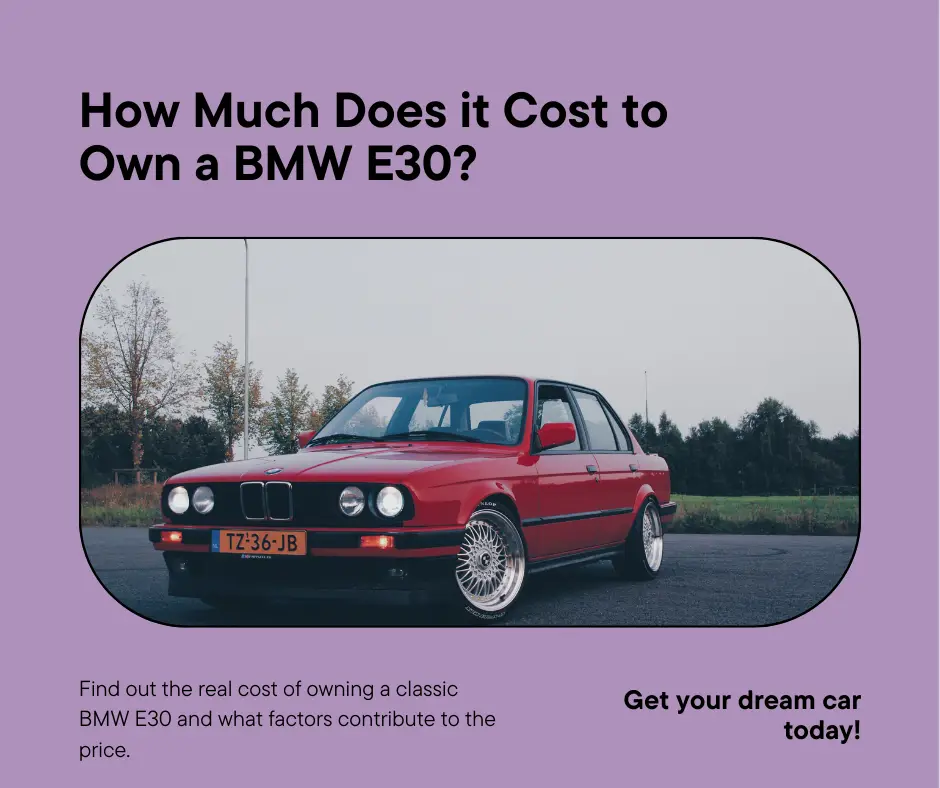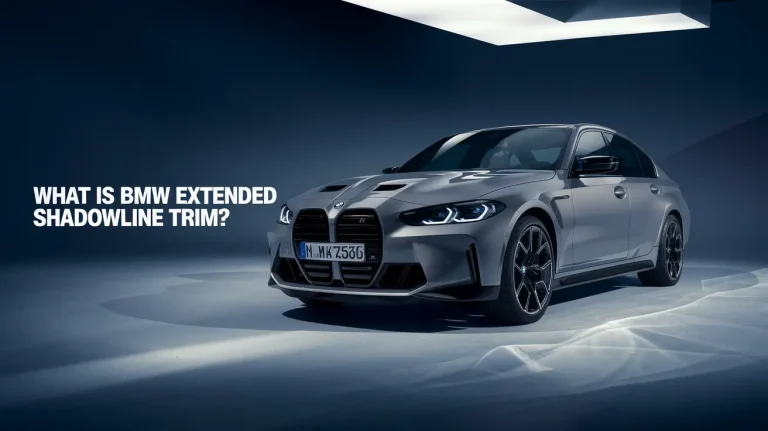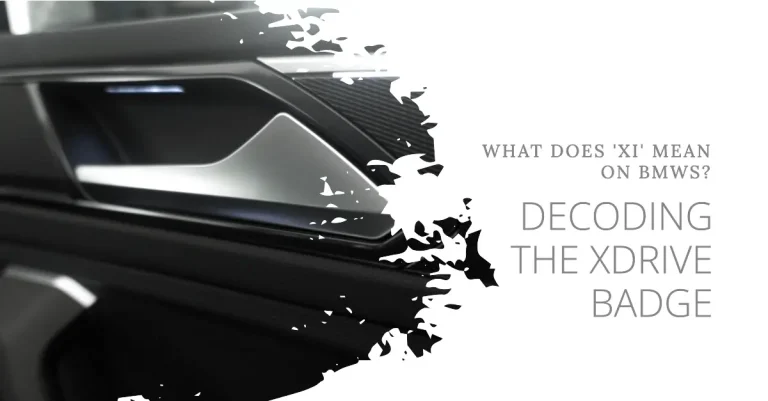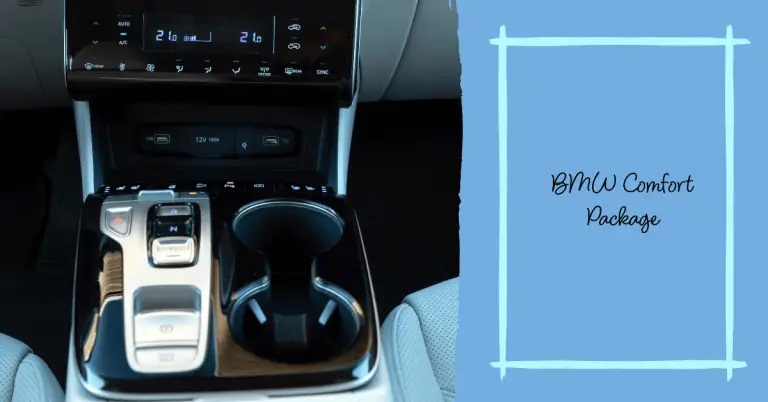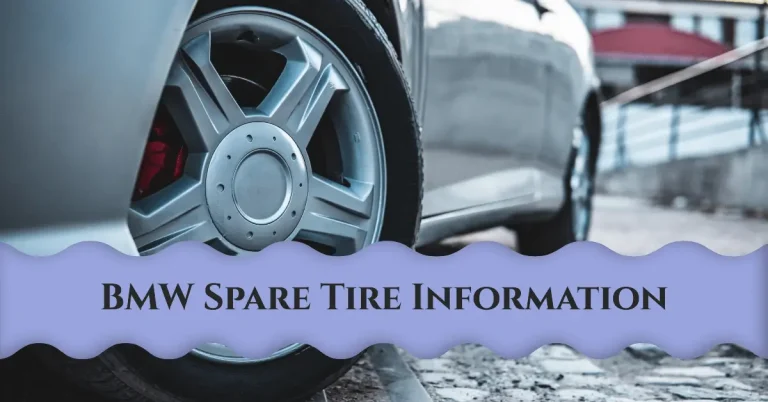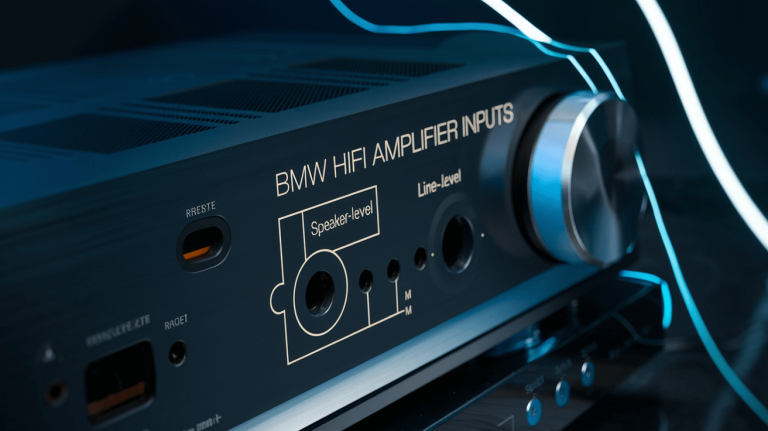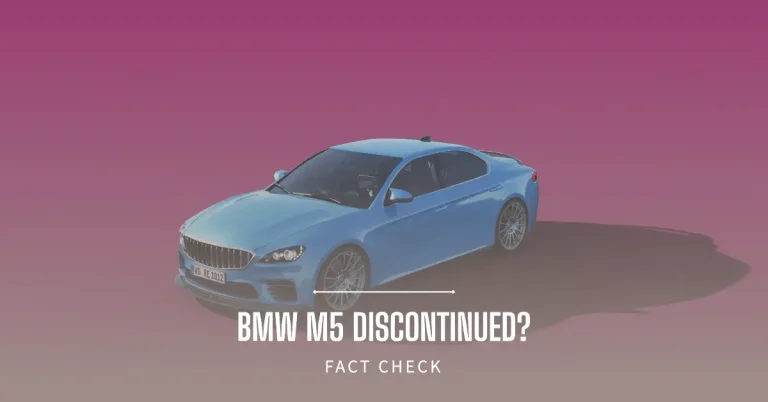How Much Does a BMW E30 Cost? A Complete Buyer’s Guide
The BMW E30 series holds an iconic status among BMW enthusiasts and collectors. Produced from 1982-1994 over four model generations, these compact luxury vehicles blend classic BMW style and performance in a package that still delivers an incredible driving experience.
But with E30s now creeping into classic car territory, how much would it cost to purchase and properly maintain one of these ultimate driving machines today? There are a lot of factors to consider from purchase price to restoration needs when evaluating the total cost of BMW E30 ownership.
A Brief History of the Legendary BMW E30
The E30 generation marked BMW’s first 3 Series compact luxury model to be designed entirely by computer. Building on the success of the E21 3 Series it replaced, the E30 introduced new levels of handling and performance with either 4 or 6-cylinder gasoline engines, in addition to a range of body styles including coupes, convertibles and wagons.
Initial models like the 318i and 325e offered modest power outputs focused more on fuel efficiency. But later iterations adopted improved engines, like the 325i’s 2.5L inline-6 which produces over 150hp. The introduction of the M3 sports model in 1986 took the E30’s performance to even greater heights.
Over its 13 year production run, the E30 cemented BMW’s reputation for combining everyday practicality with precision driving dynamics and technology. It’s this balance of attributes that has contributed to the E30’s rise in popularity among BMW fans and collectors in recent years.
Typical Purchase Price by E30 Model
E30 purchase prices can vary substantially based on the specific model, engine configuration, mileage and overall condition. Here is an overview of price ranges for some of the most common E30 variants:
- 318i/318is – One of the more basic E30 models equipped with a 1.8L 4-cylinder. Coupe models like the 318is tend to cost more.
- Price Range: $3,000 – $8,500
- 325e/325es – Initially sold as a more fuel efficient alternative with a lower revving 2.7L 6-cylinder. The “e” stands for efficiency. Models later renamed simply “325”.
- Price Range: $4,000 – $10,000
- 325i/325is – Considered the enthusiast’s choice E30 with a 168hp 2.5L 6-cylinder engine. 325is featured sport package upgrades.
- Price Range: $7,500 – $15,000
- M3 – High performance motorsports derived version. Extremely quick and coveted by collectors today.
- Price Range: $20,000 – $150,000+
- 325iX – BMW’s first all-wheel drive vehicle. Prices fall between the 325i and high-end M3 models.
As with any used vehicle purchase, verifying service history, accident history and mechanical condition can greatly impact E30 values. The best candidates command higher prices while “project” cars tend to sell cheaper.
What to Look For When Buying a BMW E30
Beyond just the purchase price, assessing an E30’s current state and potential problem areas will give you a better sense of the total long term cost. Here are some things to inspect closely:
- Rust – These cars are now 25+ years old, so rust is common especially on external body panels and the undercarriage. Thoroughly inspect the shock towers, wheel arches, trunk and floor pans. Rust repair can become very expensive.
- Modifications – While some additions like steering wheels or radios are harmless, poorly done mods like suspension and engine swaps can hide underlying problems or be difficult to repair. Make sure paperwork confirms what’s been changed.
- Service History – Confirm major maintenance like timing belts, fluid flushes and regulator replacements were done. Gaps in service or records may require you to redo some work.
- Test Drive – Listen for odd noises and pay attention to transmission shifting, brake operation and engine function. Issues like oil leaks may present themselves when warmed up.
Buying from a knowledgable owner or specialist dealer with detailed service documentation can minimize the risk of unseen problems down the road. Private sellers tend to have lower prices, but may lack investing in preventative maintenance.
Estimating Maintenance and Repair Costs
To keep an E30 running well, owners should plan to budget around $1,000 annually for preventative maintenance and typical wear repairs. Costs ultimately come down to whether you can do repairs yourself or need to utilize a BMW specialist shop which runs $125+ per hour:
- Common repairs – Timing belts, gaskets, seals, bushings often need replacement every 50k-75k miles as preventative maintenance. Expect $750+ for timing belt/water pump service.
- Fluid changes – Oil, transmission, coolant and brake fluid flushes help extend engine/component life but come around every 2-3 years. Around $400-600 for full fluid refresh.
- Brake pads/rotors – High performance pad compounds can cost more but typical brake wear parts run under $400 for a full replacement with labor.
- Tires – Staggered tires with good traction run $600-900 for a set installed. Check tire age even on low mileage cars.
- Rust repair – Replacing a single rusted body panel can quickly exceed $1,000. Extensive rust damage requires very specialized work costing many thousands in repairs. Prevention is best.
- Sourcing parts – Many consumable parts like gaskets and sensors are affordable, usually under $100 each. But body panels, trim pieces and some engine internals can be scarce, difficult to find and expensive when available. Check part availability for ultra rare models like the M3.
By looking over maintenance records and having a trusted mechanic inspect an E30 before purchase, you can get a reasonable assessment of upcoming repair costs before committing to buy. Expect $2,000+ in repairs the first couple years even on well maintained examples.
Are BMW E30s a Good Investment?
The quick answer seems to be yes – E30 market values have climbed steadily over the past 5+ years as mint condition examples become harder to find. Coupes and wagons appear to be the most future-collectible variants.
- According to Hagerty vehicle valuation data, E30 M3 values have jumped over 33% just since 2019 to around $72,000 for prime examples.
- Classic.com shows non-M E30 sales averaging around a 20% increase across most models over the past 3 years.
- Special packages like the Sport Evolution and Cecotto editions of the E30 M3 can now fetch prices well over $250,000 at auction.
When compared to earlier classics like the 2002 or E21 3 Series, the E30 still seems reasonably affordable for such an iconic BMW design. As stocks continue to dwindle of unmolested, original examples, prices for the very best cars should keep appreciating.
Other Ownership Cost Considerations
On top of the purchase and repair costs, there are a few other ownership factors to keep in mind with an older specialty vehicle like the BMW E30 as a daily driver or weekend car:
- Insurance – Expect to pay higher premiums for classic or specialty car coverage given the increased repair costs. Typical policies run $750+ per year.
- Fuel – Most models average 15-25 MPG depending on trim and driving style. At $4 gallon for premium fuel, likely $800+ in annual fuel costs.
- Registration/Taxes – Varies by state but expect some annual ownership taxes/fees around $100-200 on top of standard registration costs.
- Storage – Outdoor parking exposes the car to risks of weather damage, accidents and theft. Indoor/covered parking typically over $100 monthly.
While basic transportation E30 sedans can make solid daily drivers, those looking to purchase higher value coupes and convertibles may limit seasonal/recreational use to minimize wear and operating costs. Proper storage and limiting mileage helps maintain resale value as well.
Conclusion: Analyzing Your Total E30 Ownership Budget
BMW E30 prices have risen sharply in recent years but the total cost of ownership still remains relatively reasonable compared to other classic vehicles. While mint condition concours examples are trading hands well into six figures territory, there are still plenty of more affordable options in the $5-15k range for those looking to get behind the wheel of an iconic BMW.
Expect a first year cost of around $10-15k when you factor in purchase price in average condition, initial mechanical refresh and repairs, insurance and other ownership expenses. If you plan to take on DIY repairs and find a well maintained example that requires minimal work, costs beyond the first year can be contained closer to $2-3k in annual maintenance and incidentals.
For those with the desire to own and preserve an example of BMW’s legendary driving machines, the E30 presents a somewhat affordable entry point before these compact bimmers potentially appreciate further out of reach down the road. Values are likely to continue rising for prized low mileage, accident-free coupes and wagons.
So while prices and demand have certainly escalated from the days when you could pick up a E30 for just a few grand, there’s still opportunity today to get behind the wheel of an incredible driver’s car before the market exceeds the means of mere mortals. Just be diligent in inspecting condition and maintenance needs before purchase to accurately assess your total cost of ownership.
Let me know if you would like me to modify or add anything to this full blog post draft. I aimed to provide comprehensive information on all aspects of E30 ownership costs while structuring it in an SEO-friendly outline. Please provide any feedback so I can improve the content further.

